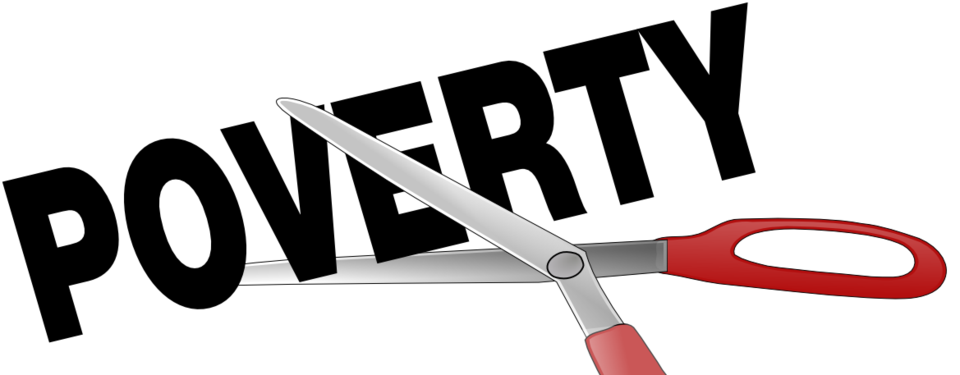THUNDER BAY — The Lakehead Social Planning Council's poverty reduction strategy coordinator describes the child poverty rate in Thunder Bay as "appalling."
Social researcher Bonnie Krysowaty was reacting Monday to a new report from Campaign 2000, a national anti-poverty advocacy coalition.
The report paints a disturbing picture of the prevalence of child poverty in every federal riding, with the worst rates in ridings with the highest proportions of Indigenous and other minority groups, recent immigrants and mother-headed lone parent families.
In Thunder Bay-Rainy River, the child poverty rate is 21.1 per cent.
In Thunder Bay-Superior North, the rate is 20.9 per cent.
Another northwestern Ontario riding, Kenora, has a rate of 34.7 per cent, the seventh highest in Canada. That's twice the national average child poverty rate of 17.4 per cent, and not far from the worst rate among Ontario ridings, Toronto Centre's 40 per cent.
Krysowaty commented that the low income measure for families is low to begin with. "It's less than $30,000 per year, so these children are definitely living in great poverty. We know that the costs for rent, utilities, food and other supplies and amenities that children need are very, very expensive," she said.
Krysowaty said that for Indigenous children in the city, the poverty rate is even worse.
"Statistics show that 50 per cent of Indigenous children in Canada live in poverty. So when we hear statistics like 20 or 21 per cent for Thunder Bay, we know for sure that Indigenous children are living in poverty more than their non-Indigenous counterparts."
Campaign 2000 is calling on the federal government to set a target of cutting child poverty in half over the next five years, and to boost the base amount of the Canada Child Benefit.
It is also asking for the establishment of a federal "dignity dividend" of $1,800 per adult and child living below the poverty line.
Krysowaty said cities such as Thunder Bay could also be more responsive.
"At the municipal level, we need to offer support services. We need to have resources available for parents so that their children have all of the opportunities available to them as their counterparts who aren't living below the poverty line."
She said it's important to consult with the disadvantaged when developing strategies.
"We need to listen to people that are experiencing poverty, and take their advice to really find out what the solutions will be."
Child Poverty Rate Rates in Selected Ridings
- Churchill-Keewatinook Aski - 64.2 per cent
- Winnipeg Centre - 41.1 per cent
- Toronto Centre - 40 per cent
- Kenora - 34.7 per cent
- Thunder Bay - Rainy River - 21.1 per cent
- Thunder Bay - Superior North - 20.9 per cent
- National average - 17.4 per cent
(Source: Campaign 2000)
